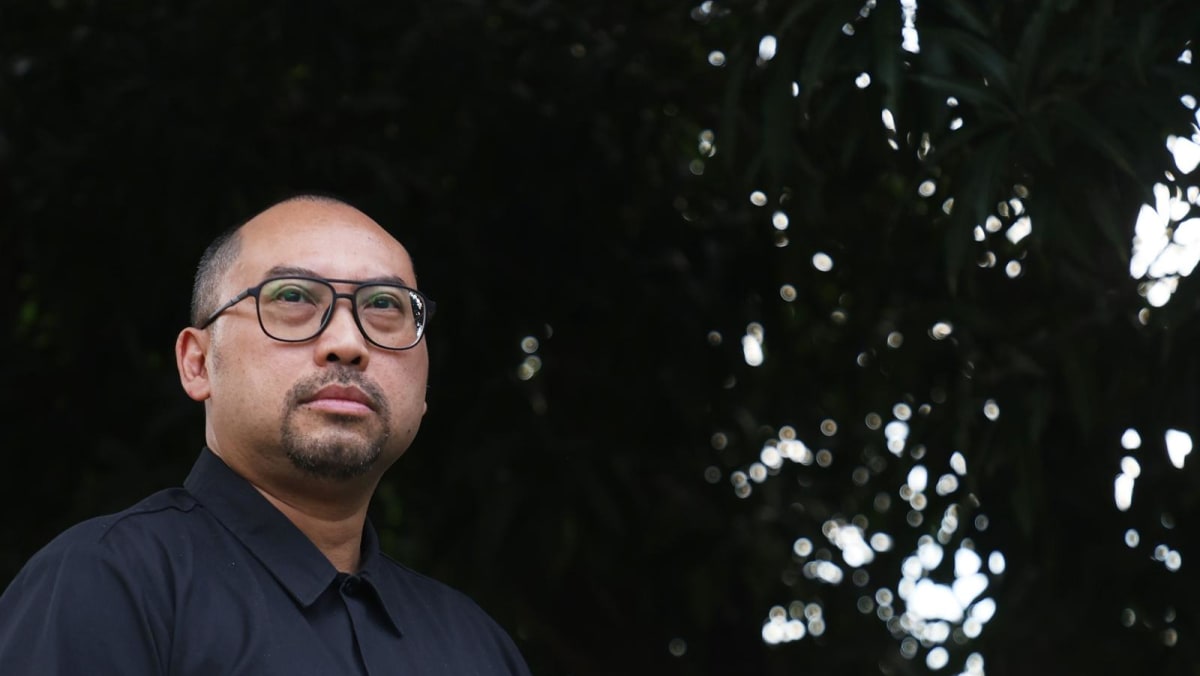THE PARTY GOES QUIET
She kept up her spirited, cartoonish ways until I was in university.
I distinctly remember the day I got the call informing me that her incessant migraines – ones that had plagued her for years – had finally been diagnosed as a benign tumour growing in her brain.
In 1997, following a complicated but successful operation to remove the tumour, she started down the path of healing – one that eventually became her descent into a void, one from which she could not be pulled out by any of us.
The first five years of recovery were hard, but hopeful. Day by day, she started becoming more like herself again. Eventually, we figured we might even get her back to her joking self in time.
However, things took a rough turn about 10 years ago, when my mum was in her 60s.
What started as bouts of forgetfulness turned into bouts of blankness. By the time we got her diagnosed with dementia, she was already in an advanced stage.
Even then, none of us knew what lay ahead: A traumatising sequence of watching a beloved parent fade away while still being physically present.
IS SHE STILL THERE?
Of all the known cruel ailments that affect us, dementia is among the cruellest.
This isn’t because it’s “more painful” or “more severe” than other illnesses. The cruel nature of dementia is in its ability to cause pain and suffering not just for patients, but everyone around them as well.
For my mother, the first to be forgotten were the spouses of her children, then her grandchildren.
After some years, she reached a point where she may recall somewhat only one or two family members.
